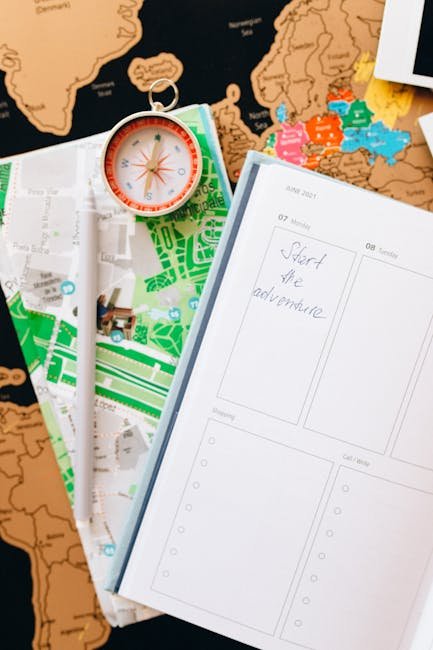Program Increment (PI) Planning: A Planner’s Guide
Welcome to the world of Program Increment (PI) Planning! Whether you’re a seasoned Agile enthusiast or just dipping your toes into the waters of scaled Agile frameworks, understanding PI Planning is crucial for driving successful projects. In this planner’s guide, we’ll break down PI Planning into digestible pieces to help you navigate this essential process with ease and confidence. Let’s dive in! 🌊
Table of Contents
1. What is PI Planning?
2. The Value of PI Planning
3. Steps to Successful PI Planning
4. Common Challenges and Solutions
5. Conclusion
6. FAQs
What is PI Planning?
Program Increment (PI) Planning is a cornerstone of the Scaled Agile Framework (SAFe). It’s a collaborative, face-to-face event, usually spanning two days, where all teams in the Agile Release Train (ART) come together to plan their work for the next increment, typically 8-12 weeks. Think of it as a grand strategy meeting where alignment, collaboration, and shared vision are the stars of the show. 🌟
The Value of PI Planning
Now, you might be wondering, “Why go through all this effort for PI Planning?” Here’s why:
Alignment and Transparency
PI Planning ensures that everyone is on the same page, minimizing misunderstandings and fostering transparency across teams.
Increased Collaboration
By bringing together all stakeholders, PI Planning enhances communication, collaboration, and innovation. It’s a chance to brainstorm, raise concerns, and celebrate progress. 🤝
Prioritized Objectives
Teams leave the event with clear, prioritized objectives, helping them stay focused and efficient throughout the increment.
Steps to Successful PI Planning
1. Pre-Planning Preparation
Before the event, ensure that all logistical details are in place. This includes securing the venue, preparing materials, and aligning on the agenda. Don’t forget to communicate the purpose and objectives of the event to all participants.
2. Day 1: Setting the Stage
The first day is all about setting the context. Start with a vision presentation from leadership, followed by team breakouts to draft plans and identify dependencies. Encourage open dialogue and keep energy levels high. 🎯
3. Day 2: Refinement and Commitment
On the second day, teams refine their plans based on feedback and dependencies. The event concludes with a final plan review and a confidence vote. This is your moment to ensure everyone is committed and ready to tackle the upcoming increment!
Common Challenges and Solutions
Challenge: Remote Teams
Solution: Use technology to bridge the gap. Leverage video conferencing tools and collaborative software to ensure everyone participates actively, regardless of location.
Challenge: Overwhelming Amount of Information
Solution: Break information into manageable chunks and use visuals to enhance understanding. Keep presentations concise and interactive. 📊
Challenge: Lack of Engagement
Solution: Foster an inclusive environment where all voices are heard. Use icebreakers, encourage questions, and recognize contributions to maintain engagement.
Conclusion
PI Planning is more than just a meeting; it’s a strategic event that drives alignment, commitment, and success. By preparing thoroughly and fostering an open, collaborative environment, you can make PI Planning a powerful tool in your Agile toolbox. Remember, the key to a successful PI Planning event is preparation, communication, and a dash of enthusiasm! 🚀
FAQs
What should I do if my team is not fully prepared for PI Planning?
It’s crucial to invest time in pre-planning activities. If full preparation isn’t possible, focus on aligning high-level goals and dependencies to ensure the event remains productive.
How can I measure the success of a PI Planning event?
Success can be measured through team commitment levels, the clarity of objectives, and the velocity of achieving planned work in subsequent iterations.
What tools can assist in remote PI Planning?
Tools like Zoom, Miro, and Jira are excellent for facilitating remote PI Planning, offering features for collaboration, communication, and tracking progress.
Thank you for joining us on this PI Planning journey. Here’s to smooth sailing on your next planning adventure! 🌟











